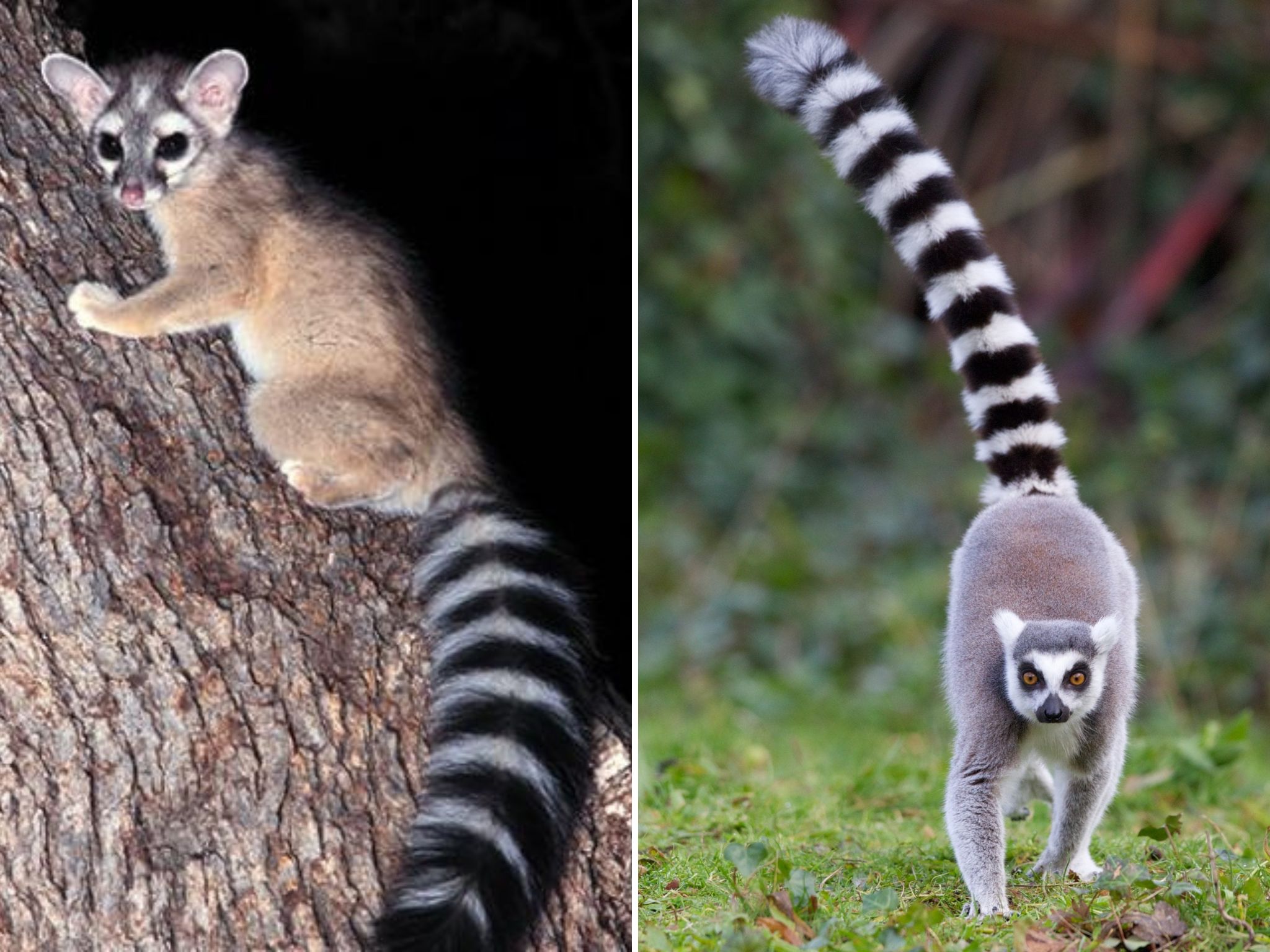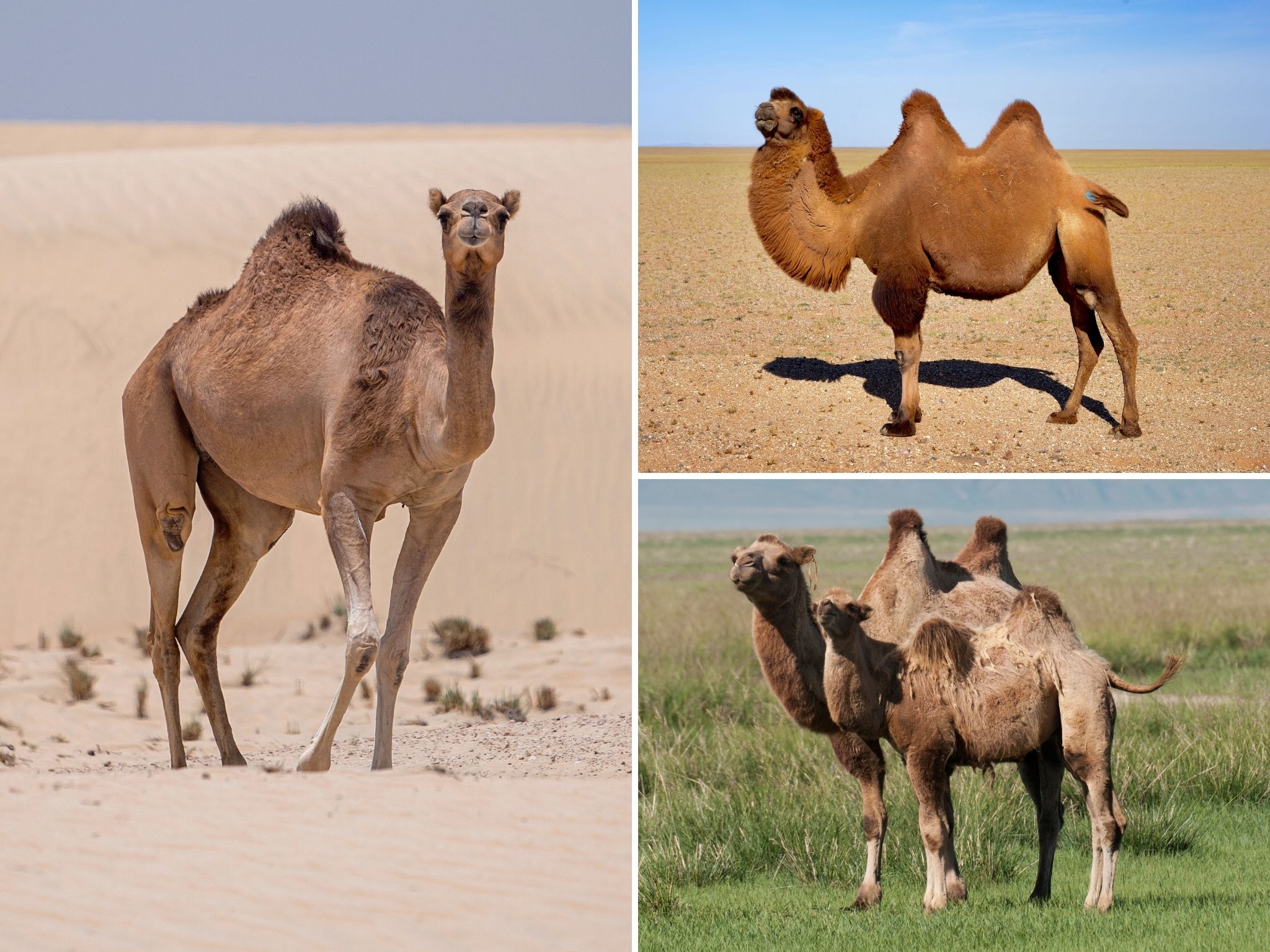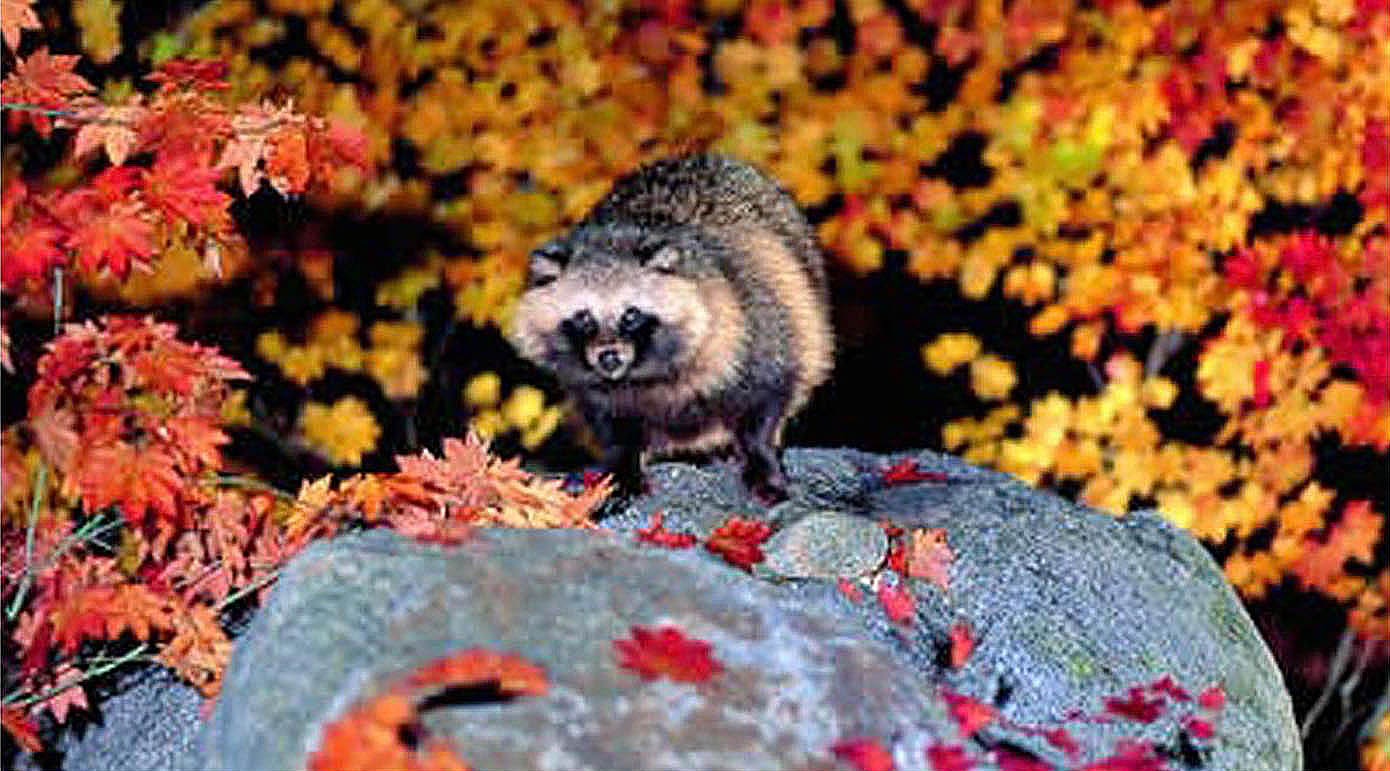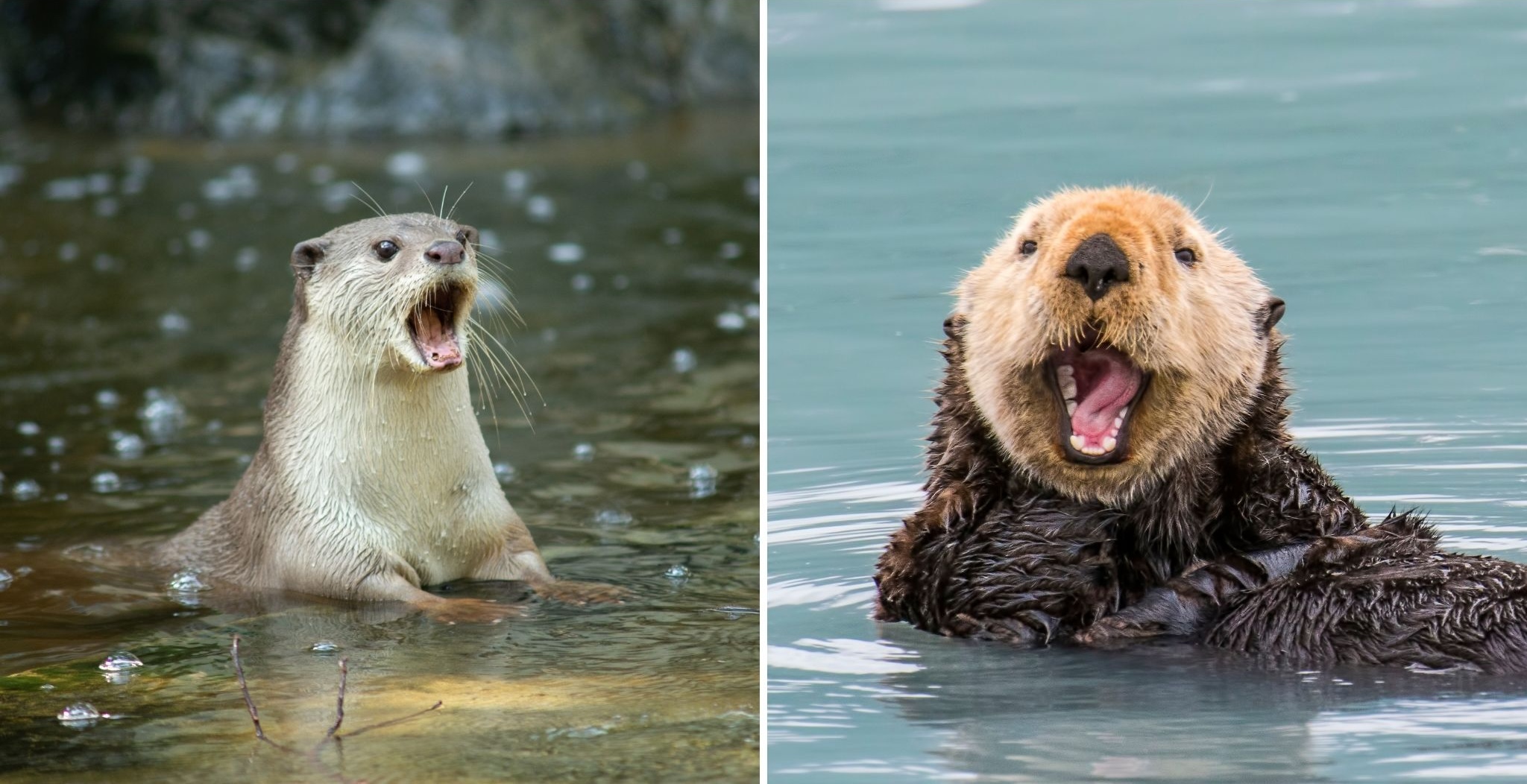
Prickly Personalities: Unveiling the Differences Between Old World and New World Porcupines
Porcupines, with their impressive coat of quills, are fascinating creatures found on continents across the globe. But did you know there are actually two distinct groups of porcupines? Let’s embark on a journey to discover the intriguing differences between Old World porcupines and New World porcupines.
A Tale of Two Worlds: Geographic Separation Shapes Diversity
The key distinction between Old World and New World porcupines lies in their evolutionary history. Millions of years ago, continents began to drift apart, separating ancestral porcupine populations. Over time, these isolated groups evolved unique adaptations, leading to the two main types we see today:
- Old World Porcupines (Hystricidae): These prickly residents hail from Africa, Europe, and Asia. They are further classified into families like crested porcupines and brush-tailed porcupines. Old World porcupines are typically larger than their New World counterparts and have partially prehensile tails, which some species can use for climbing. Their quills are loosely barbed and detach easily when threatened.
- New World Porcupines (Erethizontidae): As the name suggests, these spiny stars live in North and South America. The most familiar example is the North American porcupine. New World porcupines lack the prehensile tails and have smaller bodies compared to Old World varieties. However, their quills are a force to be reckoned with – they are more firmly attached and can cause significant irritation if lodged in a predator.
Beyond Geography: Differences in Diet and Defense
The geographic separation also led to variations in diet and defense mechanisms:
- Diet: Old World porcupines are primarily herbivores, munching on leaves, bark, and fruits. Some species even have a taste for insects and carrion. New World porcupines, on the other hand, are mostly folivores, with a strong preference for leaves and twigs.
- Defense Mechanisms: Both Old World and New World porcupines rely on their quills for defense. However, their deployment strategies differ. Old World porcupines tend to raise their quills and perform threat displays when scared. New World porcupines, known for their backwards-facing barbs, can detach their quills upon contact, leaving them embedded in the attacker. They do not, however, “throw” or “launch” their quills as many many believe. Quills are strictly defense.
Living in Harmony with Prickly Neighbors
Porcupines, both Old World and New World, play essential roles in their ecosystems. They help disperse seeds through their droppings and keep plant populations in check by browsing. While their quills might seem intimidating, these fascinating creatures are generally shy and avoid confrontation.
A World of Spines: Appreciating Porcupine Diversity
Whether they hail from the Old World or the New World, porcupines are a testament to the power of evolution and adaptation. By understanding the differences between these prickly groups, we can appreciate the remarkable diversity of the animal kingdom. There are over 30 species of porcupines spread across these two categories, each with unique adaptations and fascinating behaviors.
Here’s a breakdown of the two main porcupine families and some example species with scientific names:
Old World Porcupines (Family: Hystricidae)
- Crested Porcupines (Genus: Hystrix)
- Indian Crested Porcupine (Hystrix indica)
- Malayan Porcupine (Hystrix brachyura)
- Crested Porcupine (Hystrix cristata)
- Sumatran Porcupine (Hystrix sumatrae)
- Brush-tailed Porcupines (Genus: Atherurus)
- African Brush-tailed Porcupine (Atherurus africanus)
- Asiatic Brush-tailed Porcupine (Atherurus macrourus)
- Long-tailed Porcupine (Trichys fasciculata)
New World Porcupines (Family: Erethizontidae)
- North American Porcupine (Erethizon dorsatum)
- Coendou Porcupines (Genus: Coendou) (This genus has many species)
- Brazilian Porcupine (Coendou prehensilis)
- Bahia Porcupine (Coendou insidiosus)
- Black-tailed Hairy Dwarf Porcupine (Coendou melanurus)
- Bristle-spined Rat (Chaetomys subspinosus) (This genus only has one species)
Note: This is not an exhaustive list, especially for the Coendou genus which has many species. For a complete list, you can refer to scientific resources like the IUCN Red List or Animal Diversity Web. These websites will provide the most up-to-date information on porcupine species and their scientific classifications.






